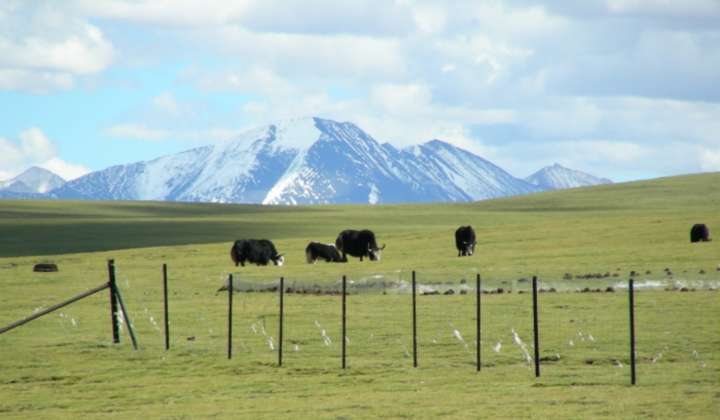Project
Responses of plant performance and functional diversity along a climate and land-use gradient in Mongolia
Land-use change is a global threat for ecosystems of all kind. Rangelands are among the best studied ecosystems in this context, but rangeland structure and composition is subject to rapid changes in response to abiotic controls, most notably to precipitation variability in drylands. Disentangling these from land use effects is difficult and led to ongoing discussions about degradation and the “right” management practices. The effects of changes in land-use intensity have been extensively studied. However, contradicting results from all over the world fueled debates and unraveled a fundamental lack of understanding of the underlying ecosystem functions of rangelands. Interactions between land-use and climate may prove key for an improved understanding. Although some studies already focused on climate as a key element of rangeland management, multi-site studies combining gradients in climate with those in land use intensity are still scarce.
The core idea of the project is to work along land-use gradients embedded into a climatic gradient that covers the main steppe types in Central Asia. The study design aims at unravelling the effects of differing land-use intensities under changing climate conditions on the performance of selected plant species and on the taxonomical and functional diversity of plant communities. Mongolia was chosen as study area since grasslands there have still been relatively intact yet are thought to approach now tipping points in response to rapidly increasing land use pressure
The applied methods vary from multivariate analysis of the plant communities and functional diversity over innovative modelling of community – and species – related indices, to the analysis of inter- and intra-specific trait performance of selected character species along both climate and land-use gradients.
The three working groups focus on different aspects of the study. The Senckenberg Museum of Görlitz is responsible for spatial and temporal variability of biomass, soil parameters and land-use. The team at the Univ. of Lüneburg examines community processes, and colleagues at the Univ. Jena study the species performance along the climate and land-use gradients. Partners on site are the National University of Mongolia and the Academy of Science in Ulaanbaatar.
Partners:
Henrik von Wehrden, Julian Ahlborn (Leuphana University Lüneburg), Christine Römermann, Birgit Lang (Friedrich Schiller University Jena), Oyuntsegseg Batlai (National University of Mongolia), Munkhzul Oyunbileg (Academy of Science Ulaanbataar)
Funding:
Deutsche Forschungsgemeinschaft DFG
Contact: Julian Ahlborn (Leuphana University Lüneburg) or Birgit Lang (Friedrich Schiller University Jena)
